
Lists for Writers - ideas for creative writing
Education and Reference
App
Lists for Writers is a great addition to any writer’s toolbox. Helpful to both novice and expert...
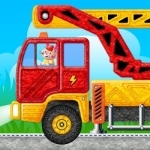
Kids Trucks in Town - Adventure Games for Toddlers
Education and Games
App
***** Developed in cooperation with educational specialists by an award-winning educational studio,...

Grofers - Online Grocery
Shopping and Lifestyle
App
Be a smart shopper with Grofers! Buy more, save more! Shop on the go and get groceries, fresh...
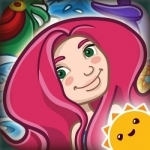
The Little Mermaid ~ 3D Interactive Pop-up Book
Book and Games
App
Swim through the depths of the ocean with the Little Mermaid as she embarks on a wonderful adventure...
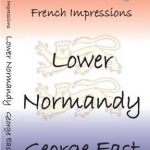
Lower Normandy
Book
The sixth in the popular French Impressions series, taking the form of a personal travel narrative...
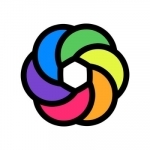
EverColor - Coloring Book
Entertainment and Photo & Video
App
New function of screen record added in Evercolor! Every step of coloring will be recorded...

Multiframe - Picture Editor & Photo Collage Maker
Entertainment and Photo & Video
App
Create photo frames for Thanksgiving, Christmas, new year, love & birthday more Photo Montages for...
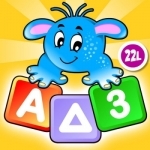
Preschool All In One Basic Skills Space Learning Adventure A to Z by Abby Monkey® Kids Clubhouse Games
Education and Games
App
50% OFF SALE - LAUNCH DISCOUNT TODAY: February 5-10, 2017 ***** Developed by an award-winning...
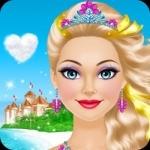
Tropical Princess: Girls Makeup and Dress Up Games
Beauty, Entertainment and Games
App
The tropical princess can’t wait for you to visit her paradise island and assist her in a new...
Hazel (1853 KP) rated Nirvana (Nirvana #1) in Books
Dec 7, 2018
Imagine a world without any bees. That is the world that J. R. Stewart conjures up in this new dystopian series, <i>Nirvana</i>. Twenty years from now, the bees have become extinct. There are no more trees, flowers, fruits or vegetables; and more animals have become extinct as a result. Young adult, Larissa, is living in a world that seems unimaginable, but not only is she dealing with this new way of life, she is also grieving the loss of her husband, Andrew.
Andrew was a scientist, an occupation that earned himself and Larissa a place in the Barracks where he could continue with his important research. They both believed they were lucky to receive this opportunity, but then Andrew went out on a mission and never came back. No matter how hard people try to convince her, Larissa cannot accept that her husband is dead, especially as she has seen him in <i>Nirvana</i> – a virtual reality world. As she struggles to piece together what is real and what is not, secrets are being uncovered that blur the lines between reality and the cybernetic domain.
<i>Nirvana </i>is an interesting concept. Firstly, the issue with the extinction of the bees is a very real concern for scientists at the moment. If bees were to die out there would be no pollination of the vital plants that humans use daily. Humanity would be faced with a future not unlike Larissa’s. Secondly, with the advance in computer technology, virtual reality has become a popular phenomenon in contemporary society, and with more expansion it is likely that something similar to Nirvana will be produced.
As a story, however, nothing exciting really happened. There was no major build up to the ending. Characters were suspected of hiding the truth from the very beginning and therefore it was no surprise when certain facts came to light later in the novel. <i>Nirvana</i> is also a very short first installment of the series, which does not give the story much chance to develop at an adequate pace, thus it is difficult to get our heads around the virtual reality concept that Stewart writes about.
Despite these misgivings there is the chance that the following novels in this series will become more thrilling as the truth begins to unravel about Andrew’s disappearance or death.
